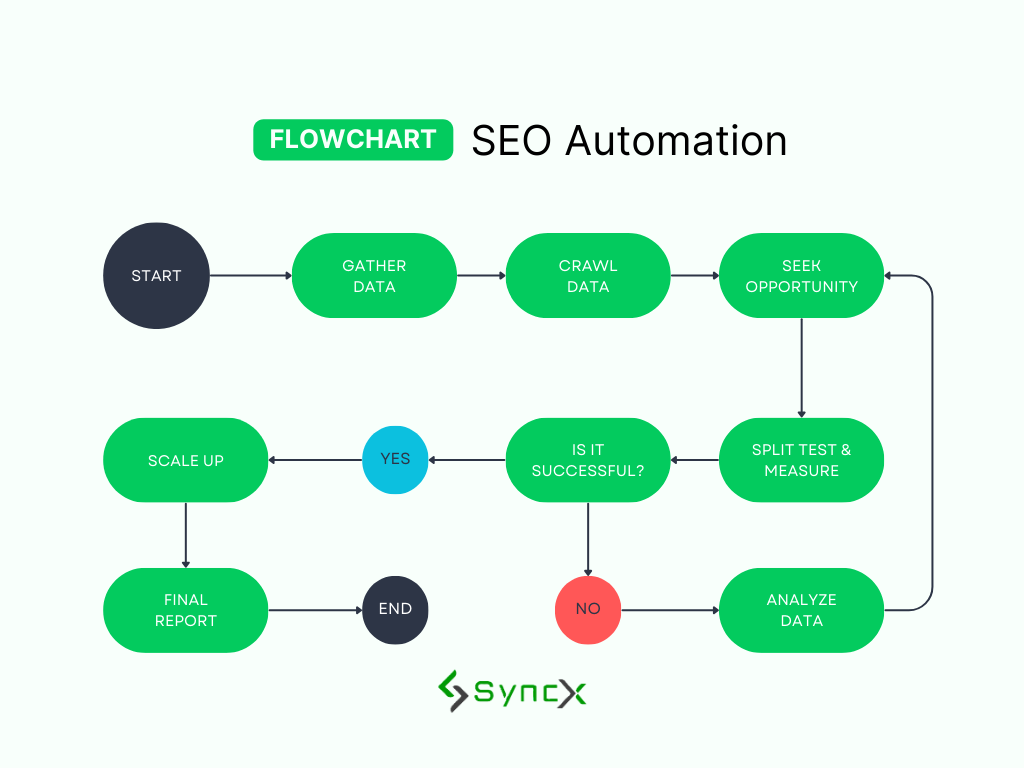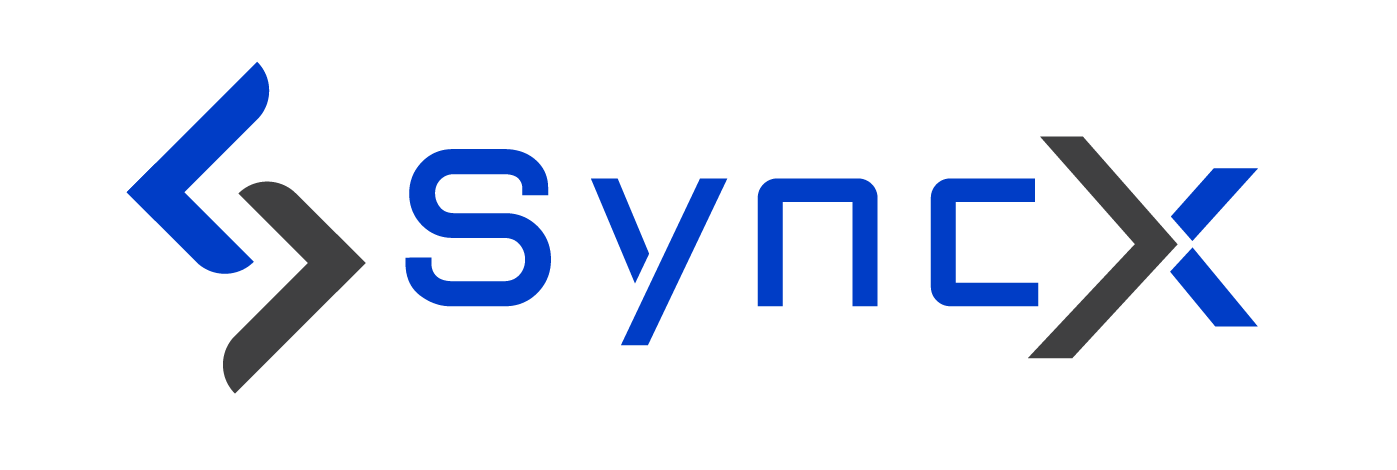
In today’s fast-paced digital landscape, manual SEO is no longer enough. Businesses demand faster insights, consistent optimization, and measurable results. This is where SEO automation comes in. By automating repetitive tasks, marketers save time, reduce errors, and focus on strategic decision-making.
In this blog, we’ll break down the SEO automation workflow, step by step from data gathering to scaling results, so you can understand how it drives growth.
Why SEO Automation Matters
Saves time on repetitive SEO tasks
Ensures consistency in data tracking and analysis
Helps identify hidden ranking opportunities faster
Provides measurable ROI with testing and scaling
Step-by-Step SEO Automation Workflow
1. Gather Data
The process begins by collecting information from multiple sources, search engines, competitor sites, and user behavior. Automated tools crawl large datasets to identify keywords, backlinks, and performance metrics.
Audience intent: Users searching for this step want to know how automation collects SEO insights without manual effort.
2. Crawl Data
Automation tools crawl websites to detect technical SEO issues such as broken links, missing alt text, or duplicate content. This ensures your site is search engine-friendly.
3. Seek Opportunity
Once the data is ready, automation highlights growth opportunities — such as low-competition keywords, content gaps, or backlink sources.
4. Split Test & Measure
A/B testing becomes much easier with automation. Tools test different meta titles, descriptions, or landing page layouts to determine which ones improve CTR and rankings.
5. Is It Successful?
Automation measures whether the test results met the target KPIs — traffic growth, ranking improvements, or conversions.
6. Analyze Data
Automated reporting dashboards provide real-time analytics, helping marketers track performance without spending hours on spreadsheets.
7. Scale Up
When a strategy works, automation allows you to replicate it across multiple pages, keywords, or campaigns at scale.
8. Final Report
Automation tools generate detailed reports, showing ROI, ranking improvements, and future opportunities. This makes SEO efforts transparent and data-driven.
Benefits of an Automated SEO Workflow
Efficiency: Save hours of manual work
Accuracy: Reduce human error in keyword or link analysis
Scalability: Apply winning strategies across campaigns
Faster Results: Shorten testing and reporting cycles
Conclusion
The SEO automation workflow is not just a trend; it’s the future of digital marketing. From data gathering to scaling strategies, automation ensures your SEO campaigns are faster, smarter, and more effective.
If you’re still relying on manual SEO, now is the time to integrate automation tools and unlock sustainable growth with SYNCX.

